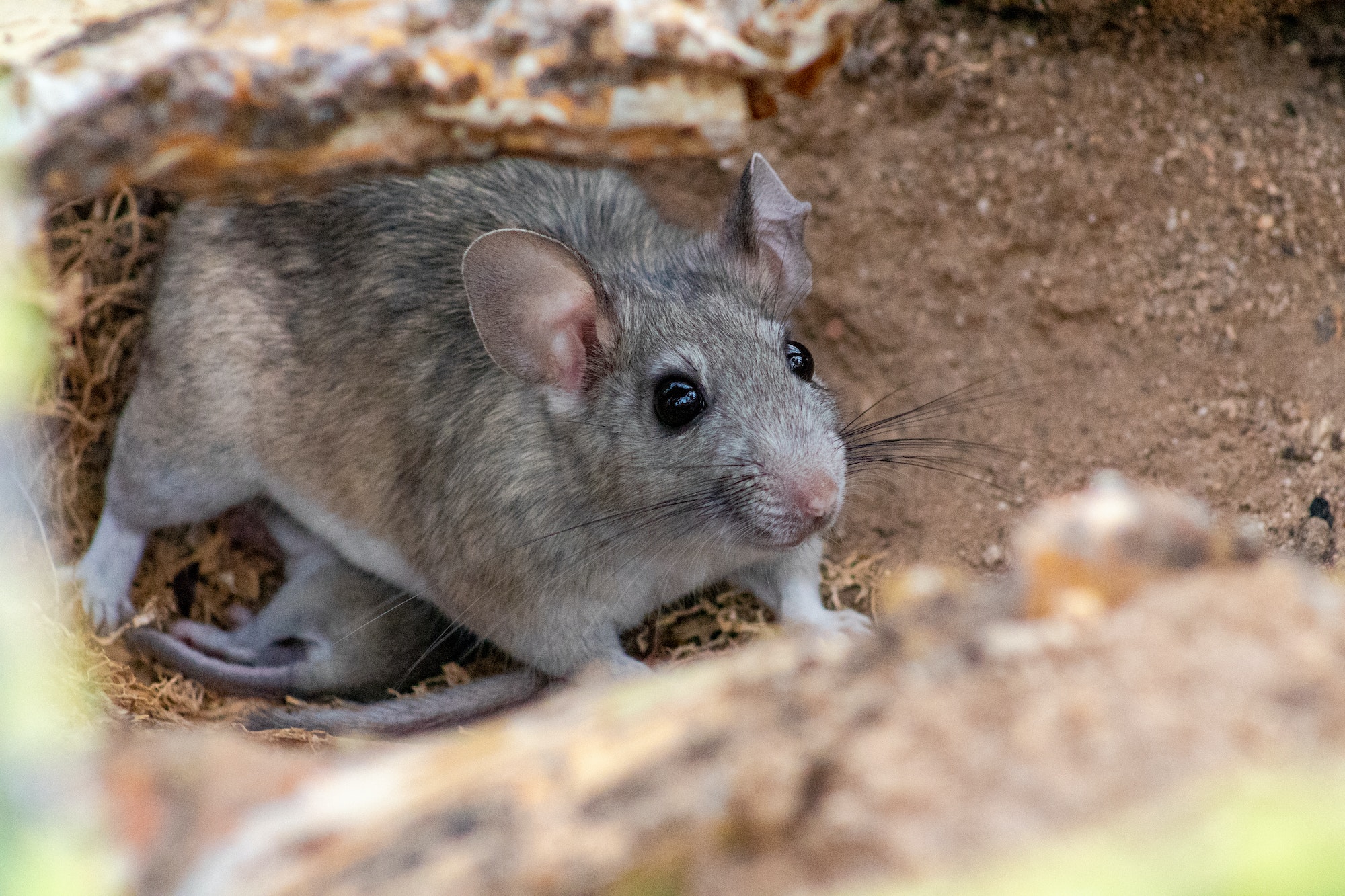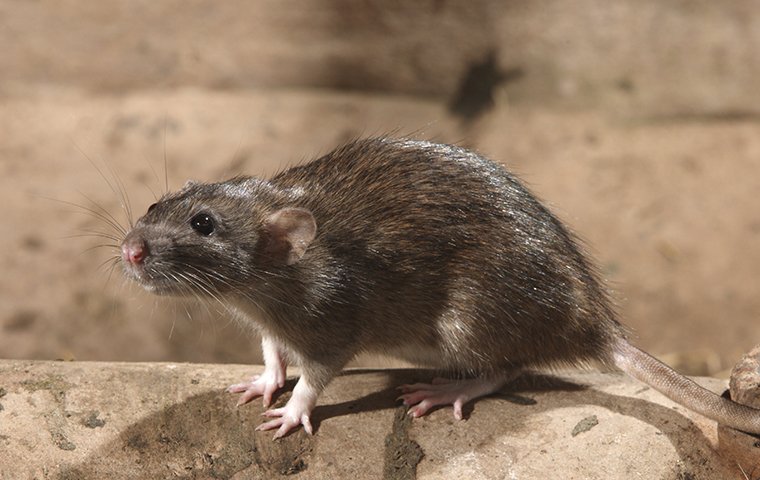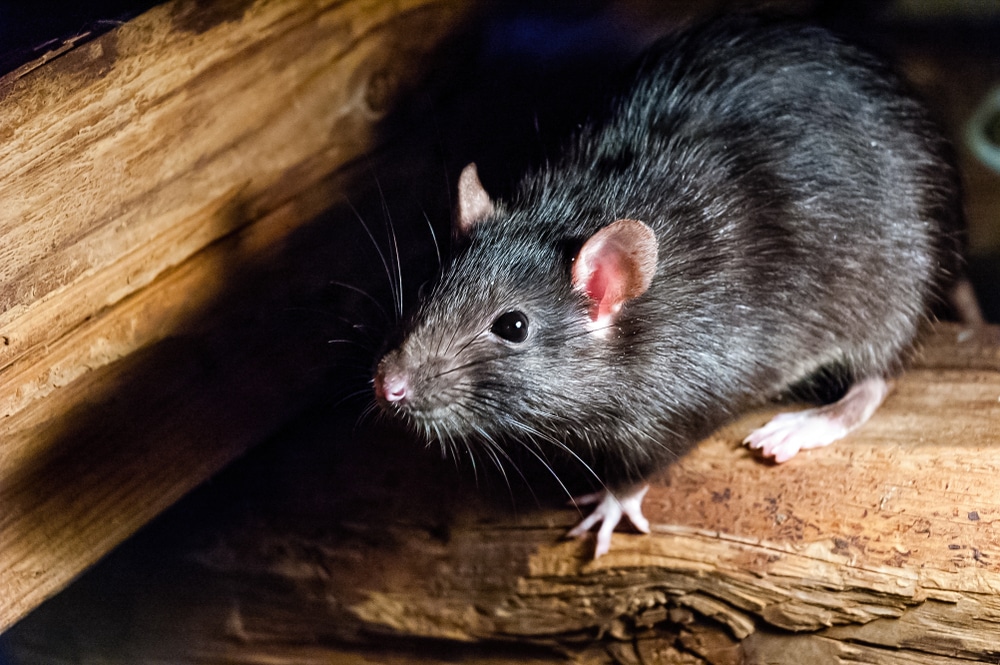Rats are small to medium-sized rodents that are known for their sharp teeth and long, thin tails. They are found all over the world, including in urban and suburban areas, where they live in and around human habitats.
- 10 Types Of Trophy Fish Found In Gulf Of Mexico Ranked By Size
- 4 Types Of Wasps In Georgia Ranked By The Pain Of Their Sting
- A Full List Of All 24 Types Of Animals That Hibernate
- House Beetles Identification: The Most Common Types Of Beetles In Your Home
- Discover The 2 Types Of Rattlesnakes In Tennessee
There are many different species of rats, but the most common ones in North America are the black rat and brown rat. Other rat genera include Neotoma (pack rats), Bandicota (bandicoot rats), and Dipodomys (kangaroo rats).
You are reading: 4 Types Of Rats
Rats are known for their ability to adapt to different environments and their tendency to be a nuisance to humans. In this article, we will be discussing the different types of rats in more detail.

4 Types Of Rats
Norway Rat

The Norway rat, also known as the brown rat or sewer rat, is a widespread species of common rat. Despite its name, the Norway rat is not native to Norway but is believed to have originated in Asia.
The brown rat is a large member of the mouse family, averaging 16 inches (40 centimeters) in total length, including the tail, which is usually just a bit shorter than its body. They range from 0.5 to just over 1 pound (200 to 500 grams), and males are generally larger than females.
Norway rats are known to cause damage to properties and structures through their gnawing and burrowing. They are social pests, often building shelters close to one another, and their burrows have at least one entrance hole and a minimum of one bolt-hole, or emergency exit, which is often hidden under grass, debris, and other materials.
Norway rats are foragers that can survive on a wide range of food, which has helped them successfully spread across the world. They are known to catch fish and prey on lizards, chicks, and other rodents.
Roof Rat

Roof rats, also known as black rats or ship rats, are a species of rodent that are smaller in size than Norway rats and have tails that are longer than their bodies. They are well adapted for climbing vines, wires, and narrow ledges, and are often found nesting in trees, attics, roof lines, and ceilings.
Roof rats are primarily nocturnal and forage for food in small groups, following the same pathway between their nest and food. They are omnivorous and will feed on almost anything available to them, including fruits, grains, meats, nuts, and tree bark.
Roof rats are attracted to lush landscapes, dense vegetation, and fruit trees, and generally prefer sheltered or covered habitats. They are known to cause damage to housing materials and stored foods through their gnawing and eating habits.
Woodrat
Woodrats, also known as pack rats or trade rats, are medium-sized rodents that belong to the genus Neotoma. There are 23 species of woodrats found in North and Central America.
Some of the most common species include the dusky-footed woodrat, white-throated woodrat, and bushy-tailed woodrat. Woodrats have a rat-like appearance, with long tails, large ears, and large, black eyes. They are nocturnal and active year-round, and are generally solitary, although some species may live in small groups.
Woodrats are vegetarian and feed on a variety of plant materials, including seeds, fruits, greens, and inner bark. They are known for their characteristic accumulation of food and other objects, which they deposit in or use in the construction of their nests.
Woodrats build their nests out of plant material like branches, twigs, sticks, and other debris, and their nests can be extensive, reaching up to five feet in height and eight feet in diameter.
Woodrats occupy a wide range of habitats, including deserts, forests, and rocky areas, and are known to opportunistically move into the attics and walls of houses when close by human habitations.
Marsh Rice Rat
The marsh rice rat (Oryzomys palustris) is a semiaquatic rodent that is found in wetland habitats such as swamps and salt marshes. It is a medium-sized rat that weighs about 40 to 80 grams and has a gray-brown body with white feet.
Read more : Discover 3 Animals That Lurk Atop New Hampshire’s Tallest Mountain
The marsh rice rat is an opportunistic feeder and will eat whatever is available, including seeds, leaves of grasses, aquatic plants, insects, snails, and even turtles, fishes, and small mammals. It is mainly nocturnal and is active all year, and is a good swimmer that can dive more than 30 feet deep and swim across nearly 1,000-foot stretches of water.
Marsh rice rats are preyed upon by owls, hawks, minks, weasels, raccoons, foxes, and snakes, and will often dive underwater when threatened. Breeding occurs several times between March and October, and females can produce several litters of 3 to 5 young each year.
The marsh rice rat builds a softball-sized nest of woven grasses and sedges in hidden areas above the high-tide mark, and gestation lasts about 25 days.
Young are born blind and helpless, but by early in their second week of life, they open their eyes and are able to eat solid food. Marsh rice rats usually do not live longer than one year.
FAQS
1. What is the difference between a Norway rat and a roof rat?
Norway rats are larger than roof rats and have shorter tails. Norway rats are also known as brown rats, while roof rats are also known as black rats or ship rats. Norway rats tend to nest near the ground of a building, while roof rats prefer the upper parts of buildings, such as attics and rafters.
2. What do roof rats look like?
Roof rats are long and thin rodents that have large eyes and ears, a pointed nose, and a scaly tail. They have soft and smooth fur that is typically brown with intermixed spots of black. Their undersides are often white, gray, or black.
3. What do woodrats eat?
Woodrats are vegetarian and feed on a variety of plant materials, including seeds, fruits, greens, and inner bark.
4. Where do marsh rice rats live?
Marsh rice rats are semiaquatic rodents that are found in wetland habitats such as swamps and salt marshes.
5. Are rats dangerous?
Rats can carry and transmit diseases to humans, and they can also cause damage to properties and structures through their gnawing and burrowing. It is important to take measures to prevent and control rat infestations.
6. How can I prevent a rat infestation?
To prevent a rat infestation, it is important to keep your property clean and free of clutter, seal any holes or gaps in your home’s exterior, store food in airtight containers, and keep garbage in tightly sealed containers. If you suspect a rat infestation, contact a pest control professional to help you identify and control the problem.
Source: https://petstutorial.com
Category: Animals










